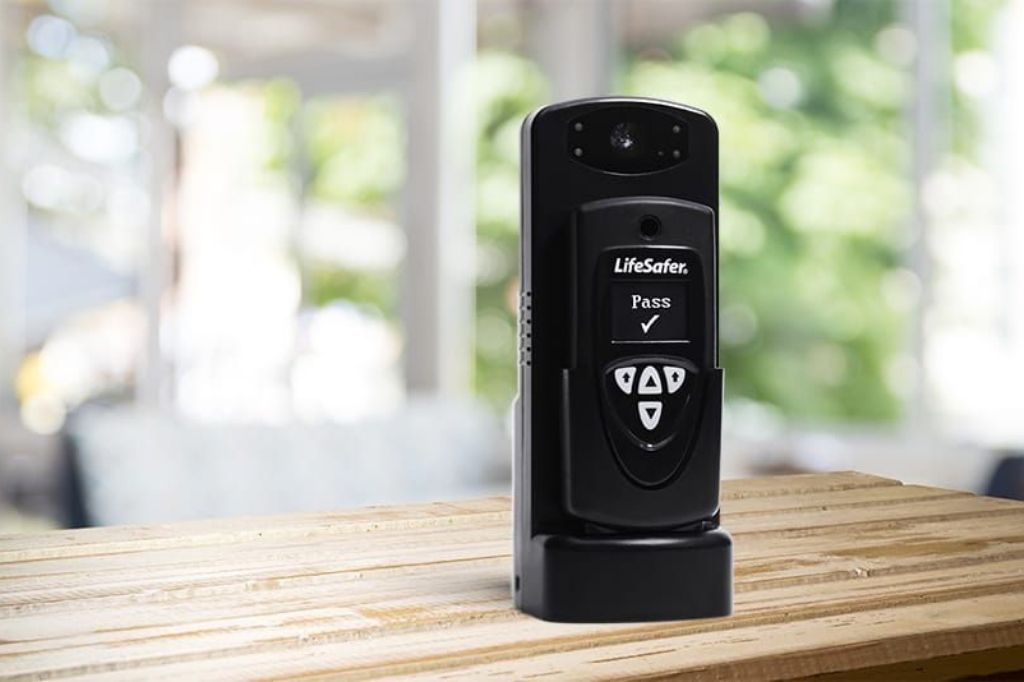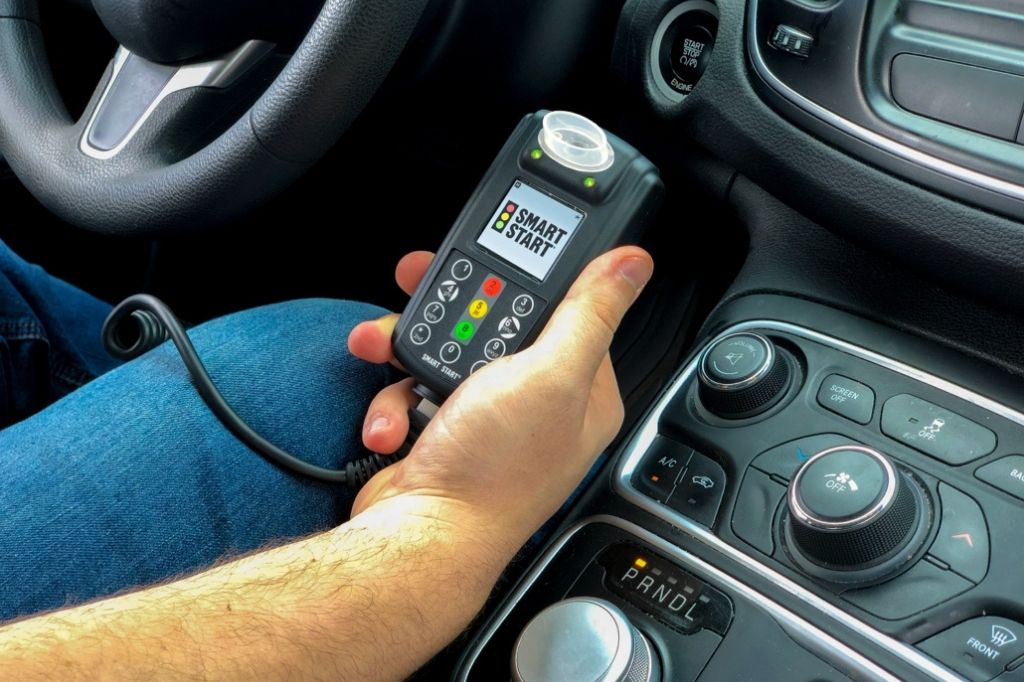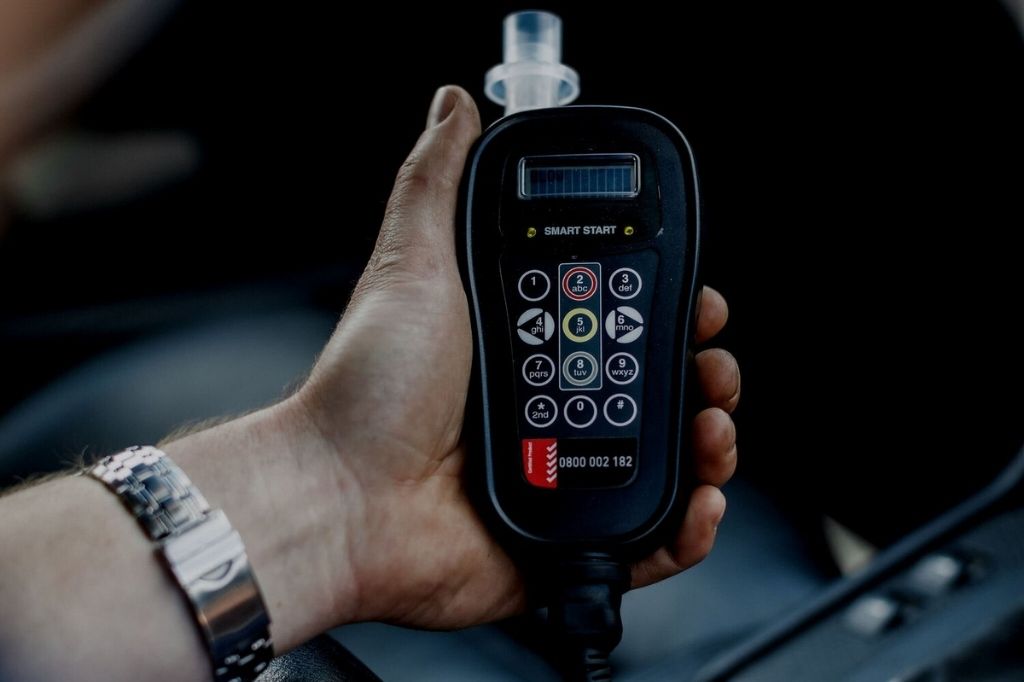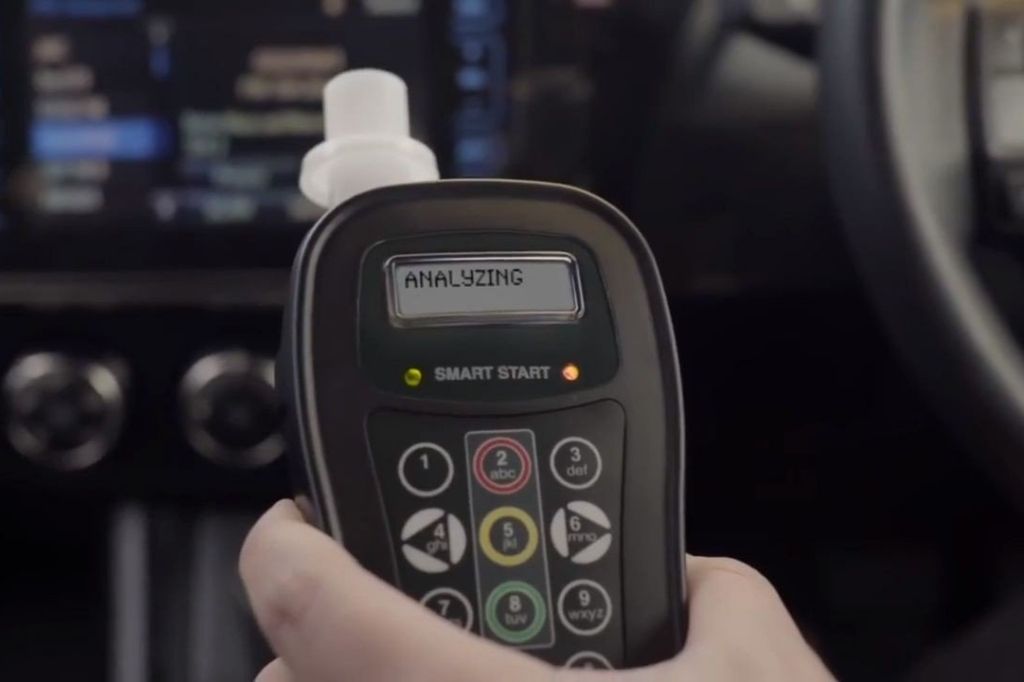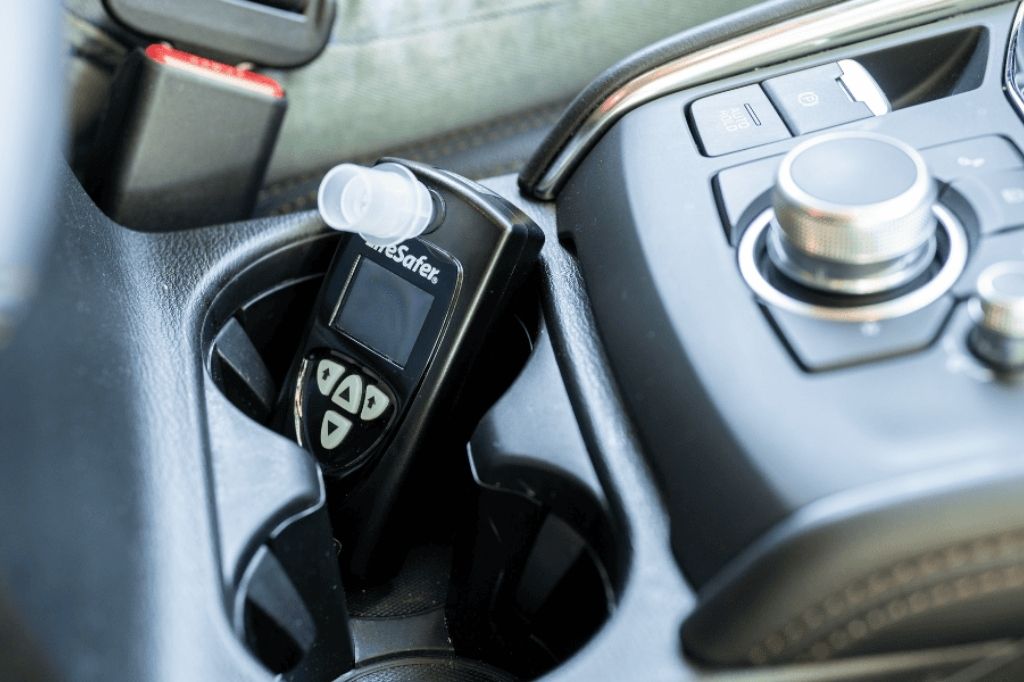Facing a situation like the LifeSafer interlock failed test can be a really frustrating and unexpected event. Although such devices are designed to ensure security, they can sometimes encounter undesirable consequences. If your device gave a “failed test” result even though you don’t drink alcohol either, you’re not alone. In this article, we will discuss why LifeSafer interlock devices give test failures, what can lead to this situation, and the steps that should be taken in such a situation.
Why Might the LifeSafer Interlock Test Fail?
The failure of the LifeSafer interlock device in the test is actually a common occurrence and can have many different reasons. One of the first reasons that comes to mind is that the sensitivity of the device to the user may vary depending on user behavior. In particular, some foods and drinks may cause the device to detect alcohol. For example, some non-alcoholic beer or fermented foods may be incorrectly detected by the device because they contain a small amount of alcohol.
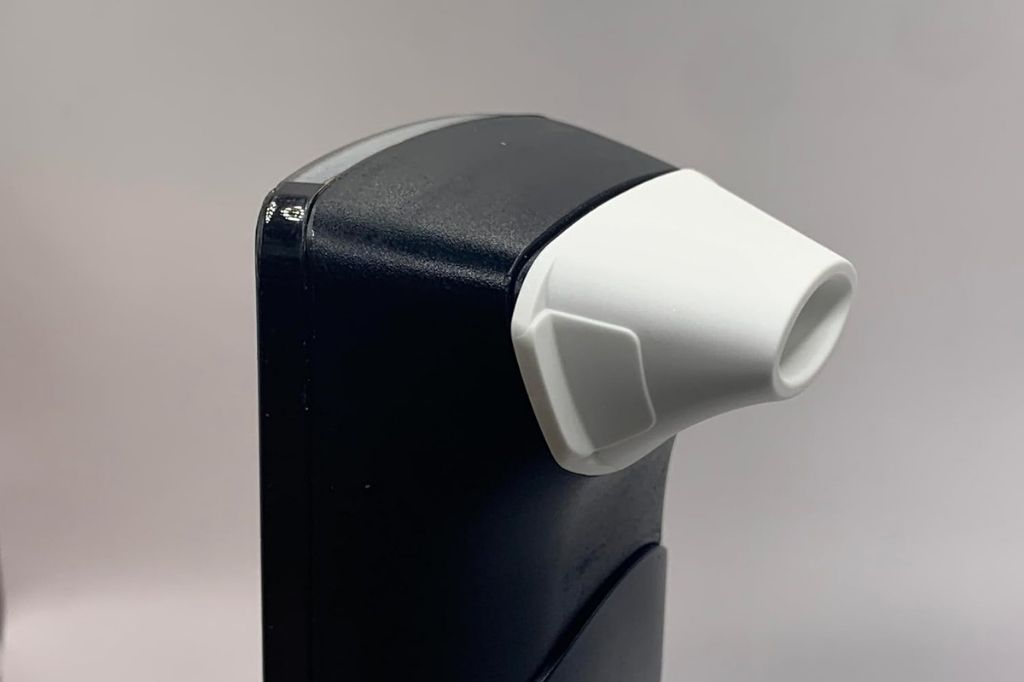
Mouthwashes and breath sprays can also cause such devices to detect alcohol. For example, mouthwash used in the morning before going to work can lead to the device detecting alcohol. In such a case, the user may fail the test and the device may prevent the vehicle from operating. This situation is completely unexpected and annoying because most of the time people do not realize that such small details can affect the test result.
Another important reason is that the calibration of the device has not been performed. LifeSafer devices need regular calibration, and the device may not give accurate results if calibration is not performed. If your device has not been calibrated for a long time, it is very likely that you will get results such as “test failed”. December calibration It is very important to calibrate at certain intervals to ensure the correct operation of the device.
What to Do If the LifeSafer Interlock Test Fails
If your LifeSafer interlock device failed the test, it might be useful to try a few simple steps before panicking. First, make sure that your device is working correctly and make sure that there is no dirt or residue. Often, dirt or debris that prevents the device from working properly can lead to incorrect results. Cleaning the device can help solve the problem.
Another option may be to have the device calibrated. Lack of calibration may affect the sensitivity of the device and cause incorrect results. Therefore, it is important to go to the LifeSafer service at December intervals and have the device calibrated. When the device is calibrated, false positive results are likely to decrease, making the tests more reliable.
If you have tried all these steps and the device still fails, you will need to contact LifeSafer customer service. By explaining the problem you are experiencing, you can request that the device be examined and the necessary technical support be provided. It will be very useful for the device to undergo a professional examination to understand the main source of the problem.
Related Article: Lifesafer False Positive
The Impact of Failing the Test on Drivers
If the LifeSafer interlock device gives a “failed test” result, it can cause a lot of stress on drivers. Especially for someone who has to go to work or catch up with an important appointment, it can be quite frustrating if the car does not work. In this type of situation, it is usually a difficult process to explain and explain that the device gave the wrong result. For example, being late at work because of a “failed test” can damage a driver’s reliability.
Such incorrect results can also have material consequences. For example, when the calibration of the device is incomplete or maintenance is not performed, extra costs may occur. These costs can become a financial burden for drivers and shake confidence in the device. Also, when the device constantly gives incorrect results, there is a need for recalibration or technical service, which can be financially demanding over time.
Another effect may occur as psychological stress. Especially drivers who often get the wrong results can constantly feel like they are to blame. This can also create an emotional burden on users. For example, a loss of confidence in the device’s test results can also affect the driver’s self-confidence.
Measures That Can Be Taken to Prevent Incorrect Results
It is possible to take some precautions to ensure that the LifeSafer interlock device does not give incorrect results. First of all, it may be useful to pay attention to oral hygiene. Avoiding products such as mouthwashes or breath sprays with alcohol content can prevent the device from giving a false positive result. If you are using such products, it is wise to wait a few minutes before using the device.
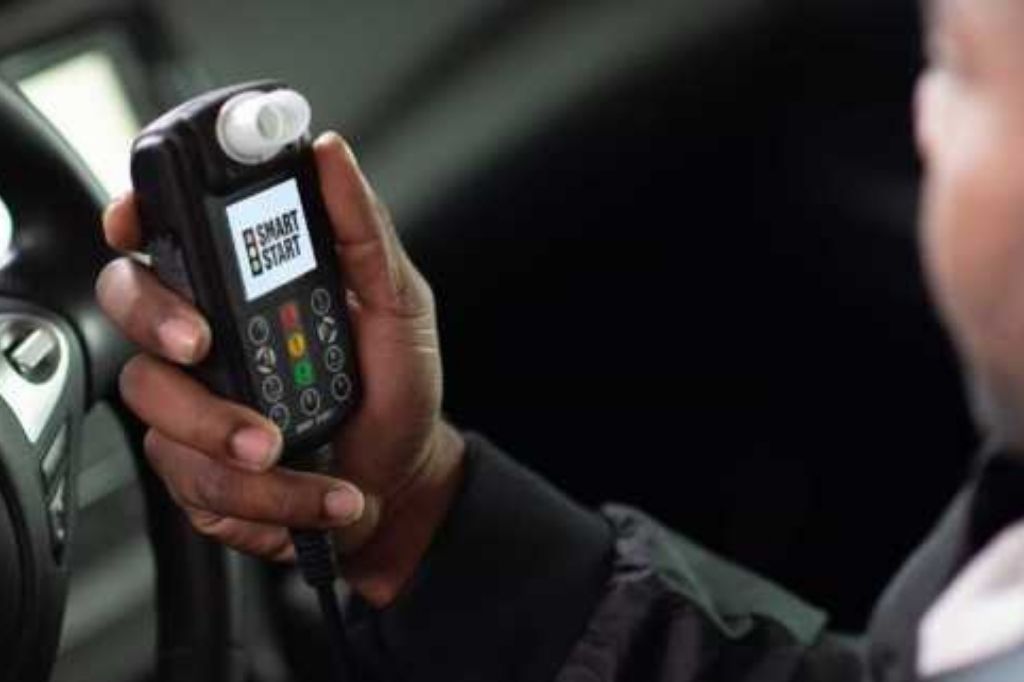
Avoiding certain foods can also help prevent this condition. Especially fermented foods, foods containing a small amount of alcohol, such as non-alcoholic beer or some desserts, may cause the device to give a false positive result. If you need to use the device after consuming such foods, it may be useful to wait a little and rinse the mouth with water before using the device.
Regular maintenance of the device is also very important. When LifeSafer devices are calibrated regularly, it is expected to give accurate results. As long as calibration and maintenance are not neglected, the reliability of the device becomes higher and the probability of encountering false positive results decreases. Thanks to regular maintenance, the accuracy of the device is maintained and users can safely trust the test results.
The Experiences of LifeSafer Interlock Device Users
Many drivers who use LifeSafer interlock devices note that these devices may make mistakes from time to time. They state that false positive results are experienced more often, especially when calibration is not performed or maintenance of the device is not paid attention to. Many users note that they experience such problems less often when they pay attention to the cleanliness and regular calibration of the device.
For example, a user complained that his device was constantly giving unsuccessful results in the test. When he took his device to the service, he found out that the problem was caused by a lack of calibration. Thanks to this simple process, the device began to give accurate results again. Such situations once again emphasize the importance of paying attention to the maintenance of the device.
In addition, some users note that the LifeSafer device is reliable and works smoothly. But regardless of what happens, using the device carefully and getting technical support when necessary is an important step. Since these devices are sensitive, users should also act with caution.
Editor’s Note…
LifeSafer interlock devices giving a “failed test” result can be a very distressing situation for drivers. However, it is possible to prevent such problems with some simple measures to be taken. First of all, paying attention to oral hygiene, avoiding certain foods and making regular calibration of the device will help prevent false positive results.
Our recommendation for drivers using the LifeSafer device is that they use their devices carefully and do not neglect the necessary maintenance procedures. If you notice inconsistencies in the test results of the device, it would be useful to clean the device and calibrate it. LifeSafer devices, when used correctly, can provide a reliable driving experience and help maintain vehicle driving permits.
Therefore, maintaining the device regularly and using it carefully will always ensure that you get the best results.

